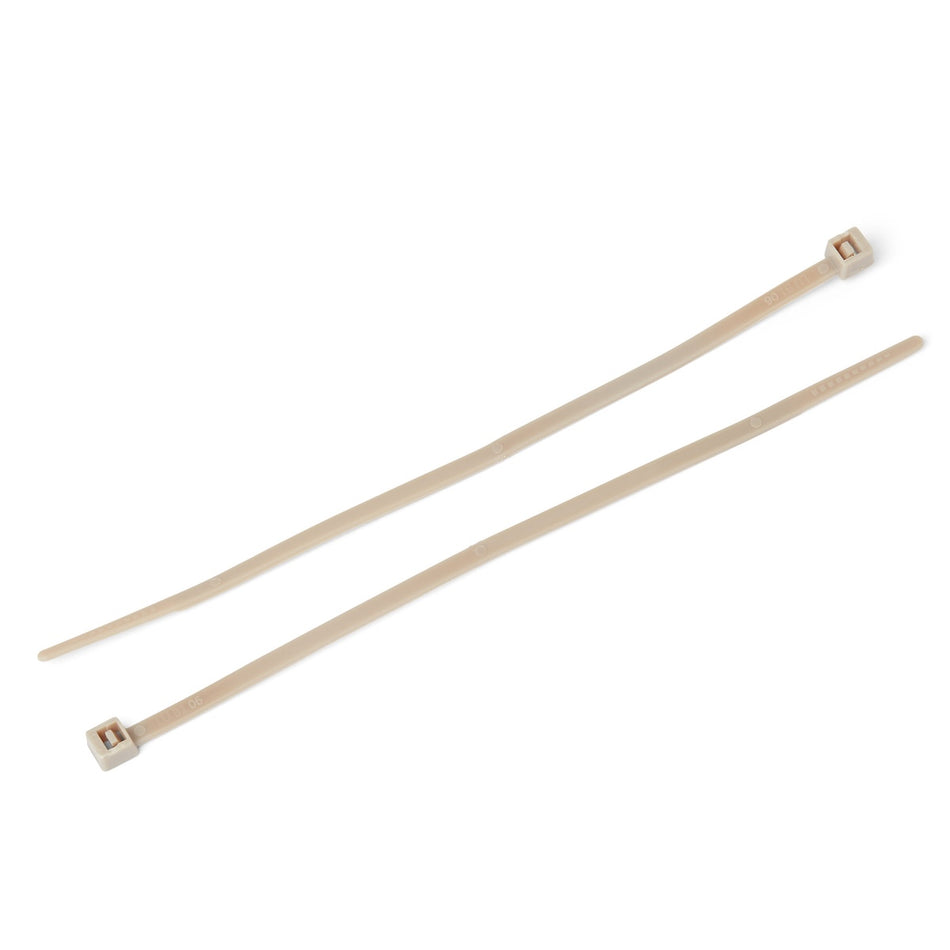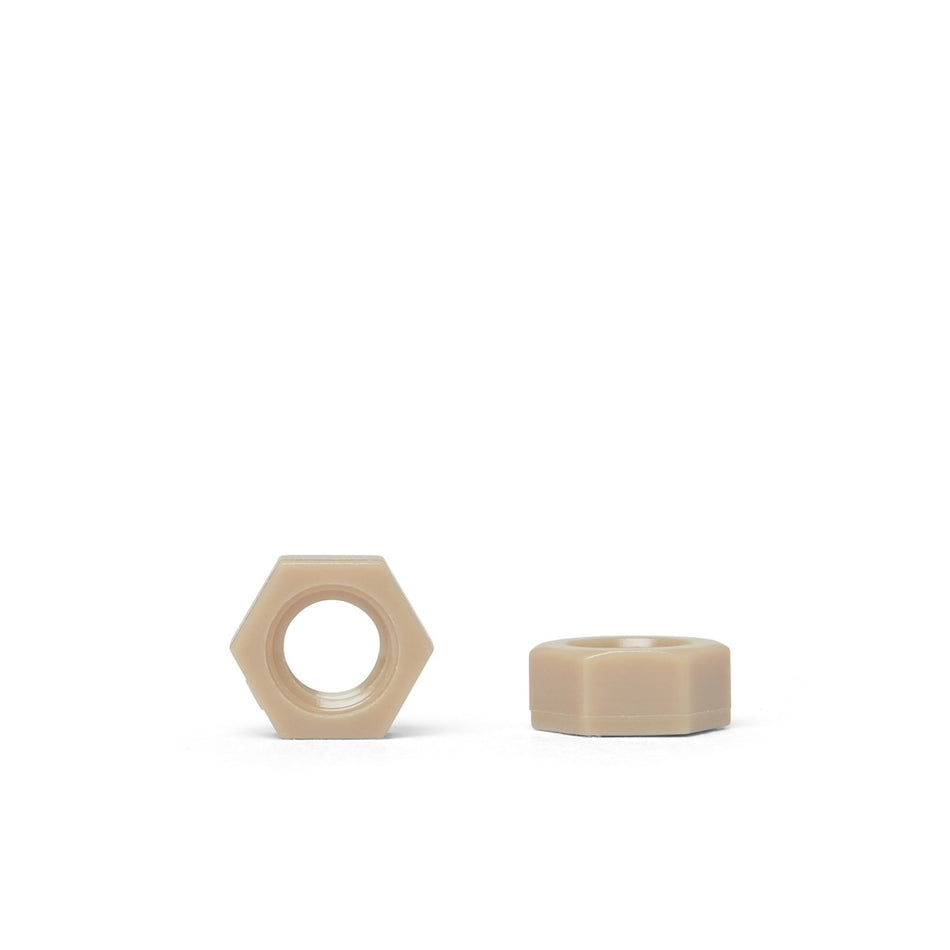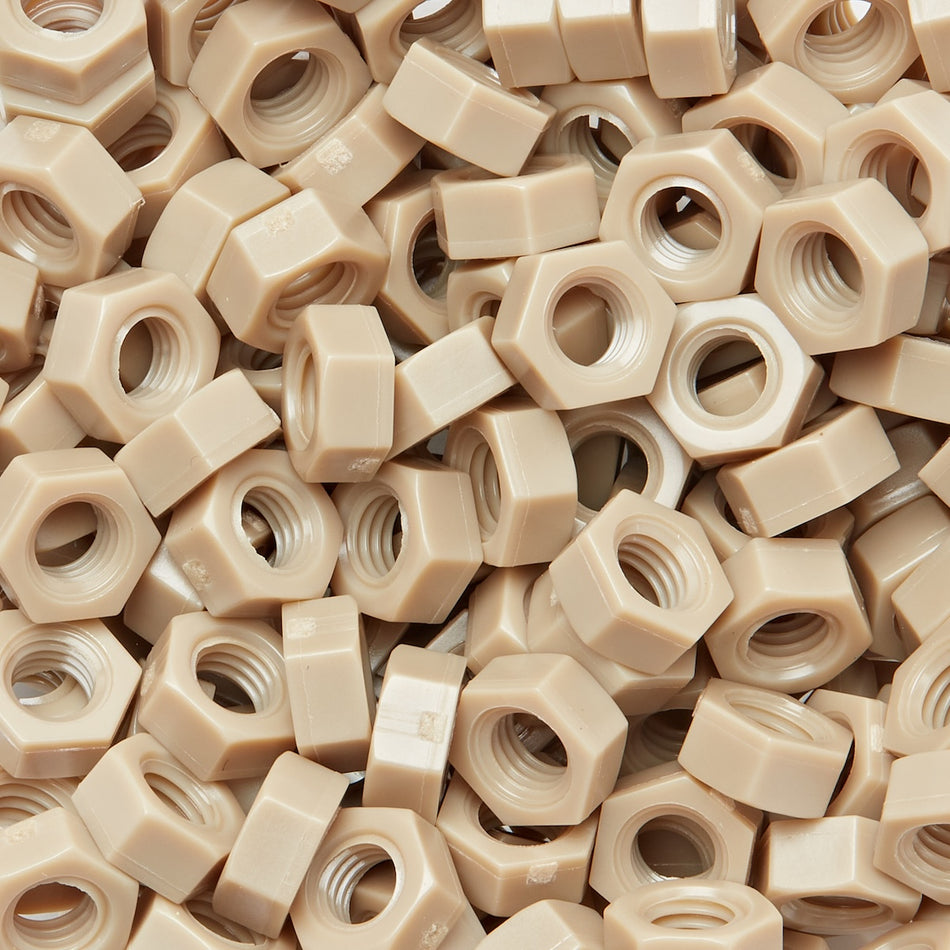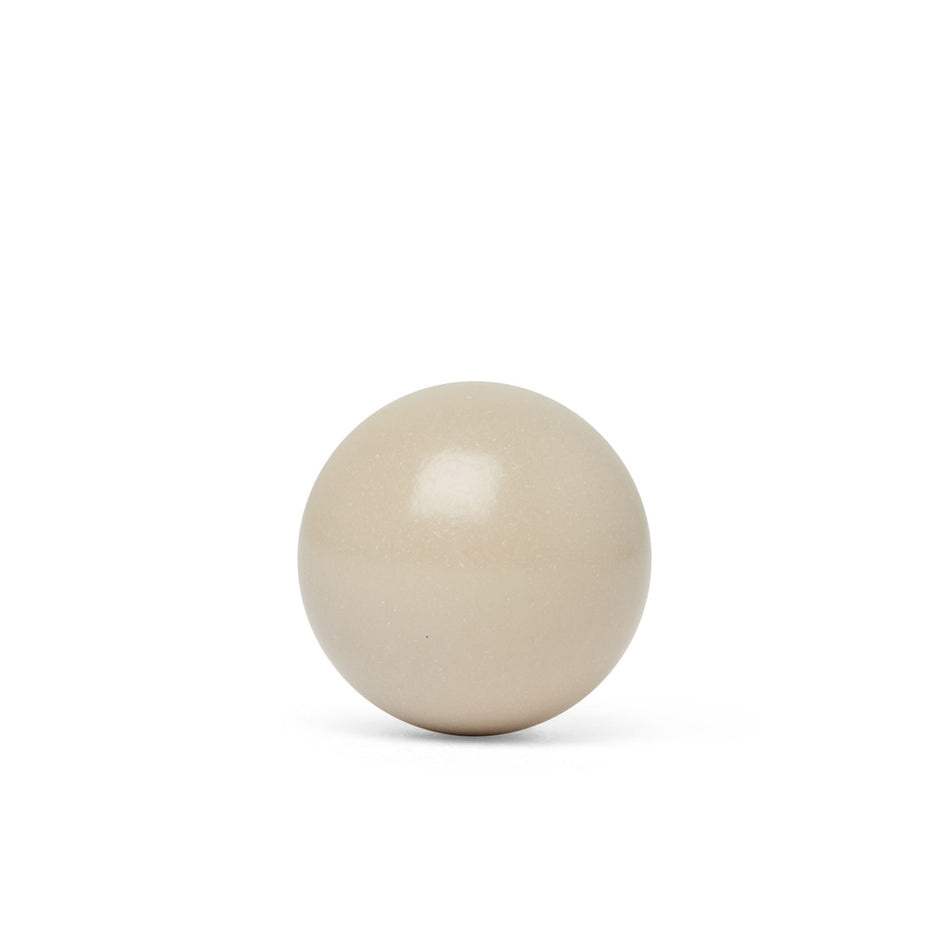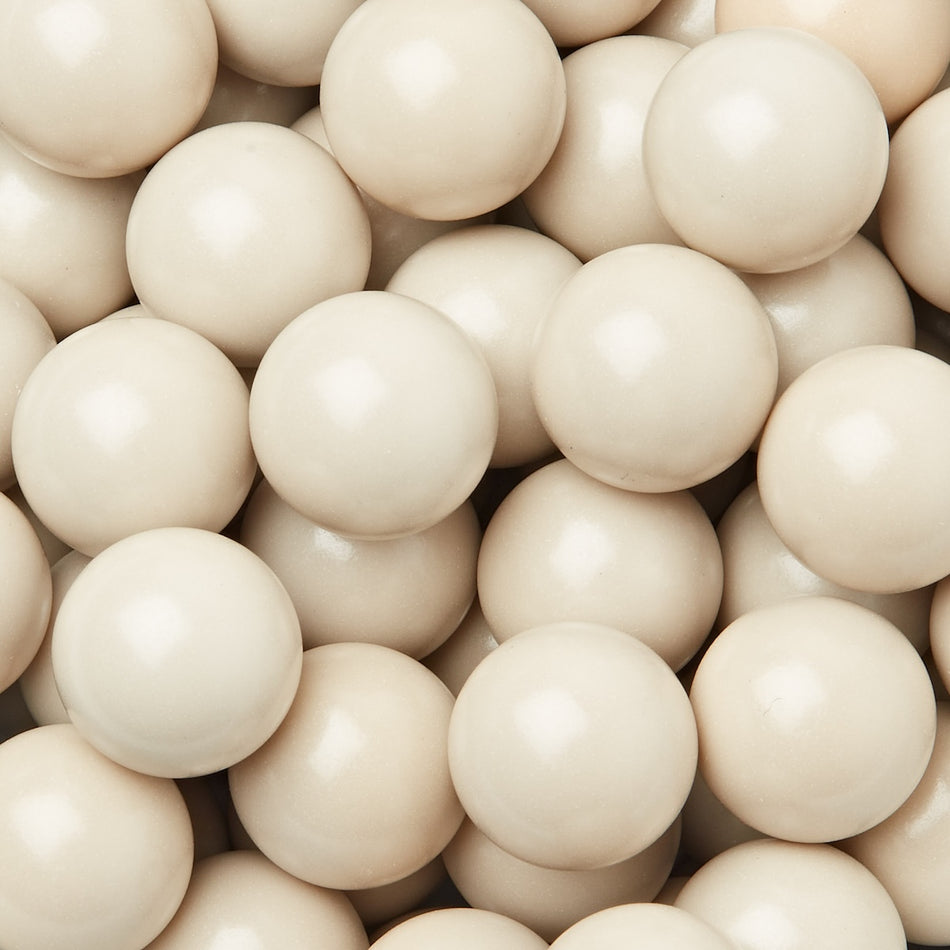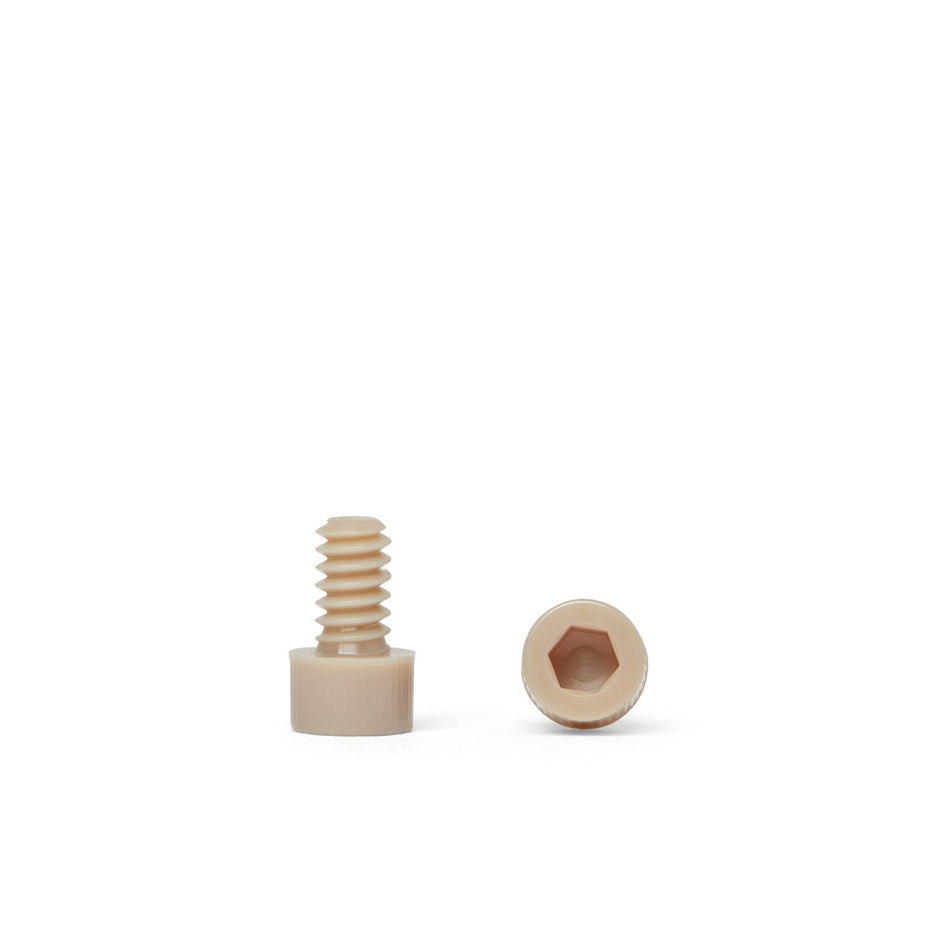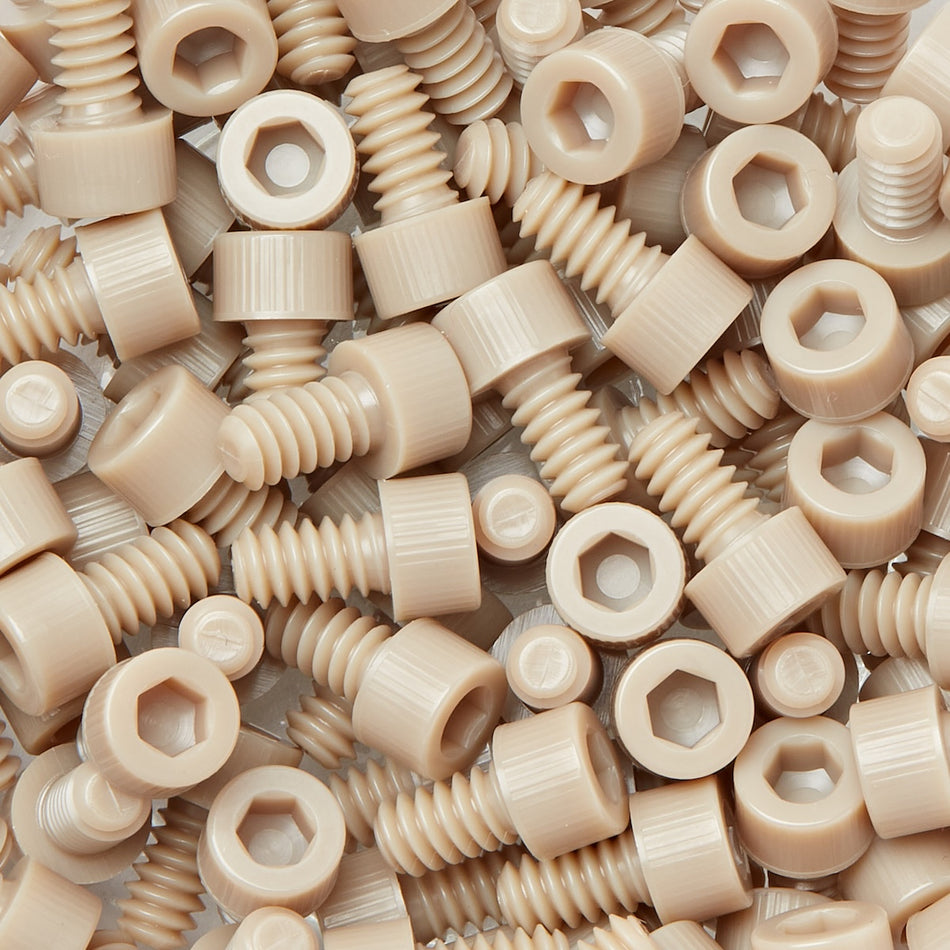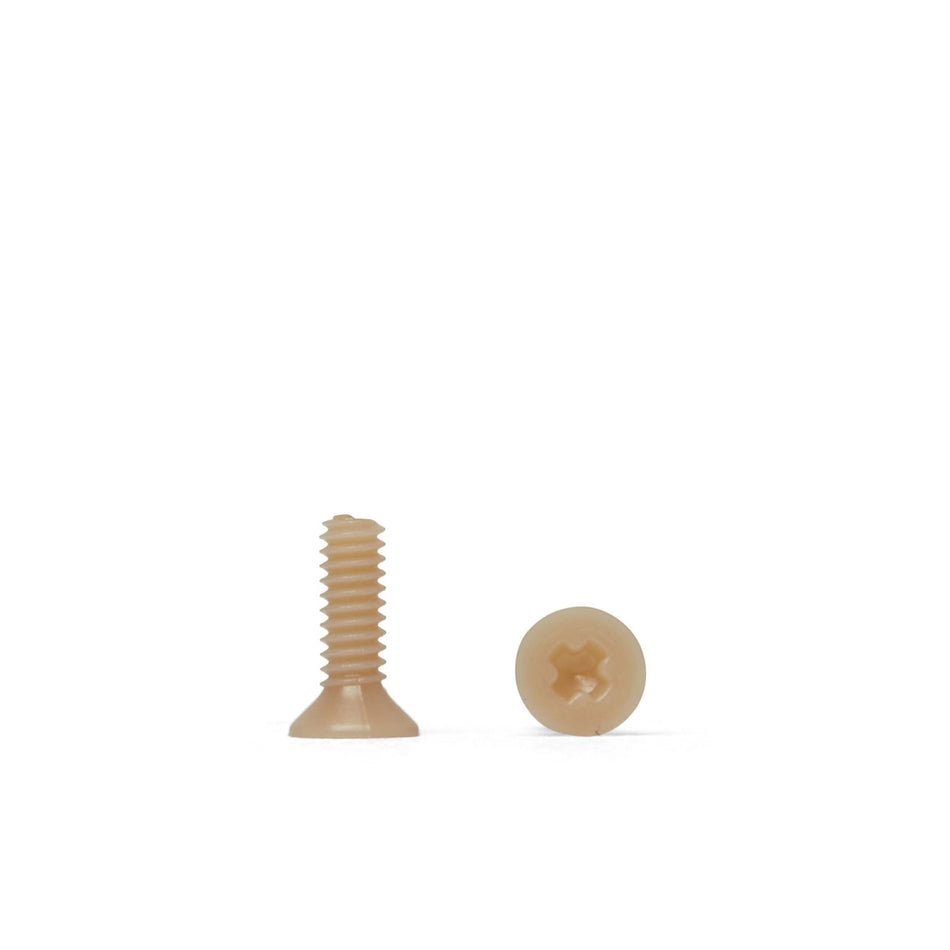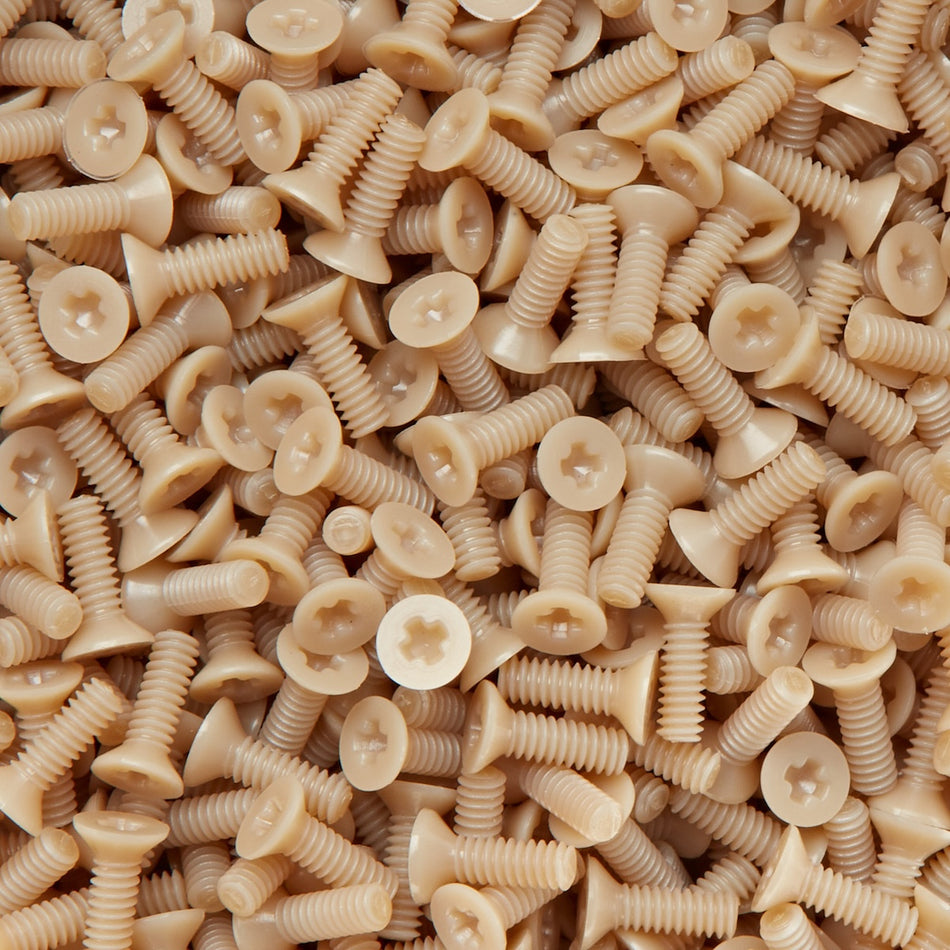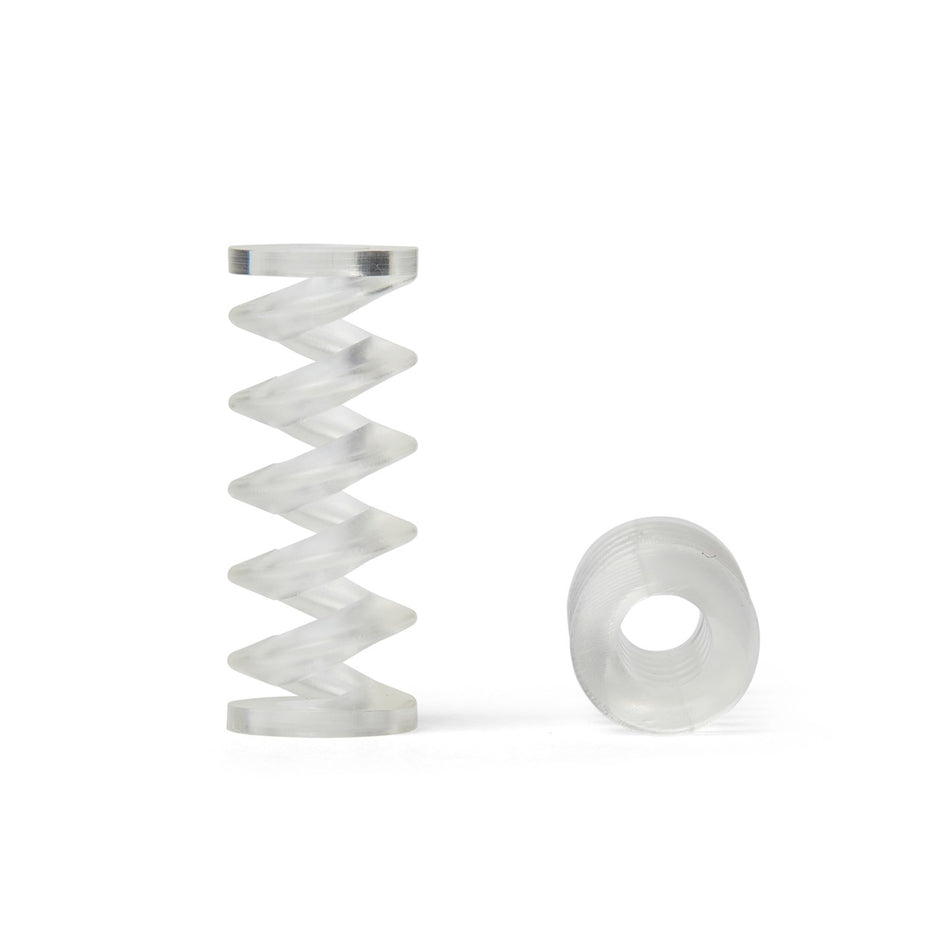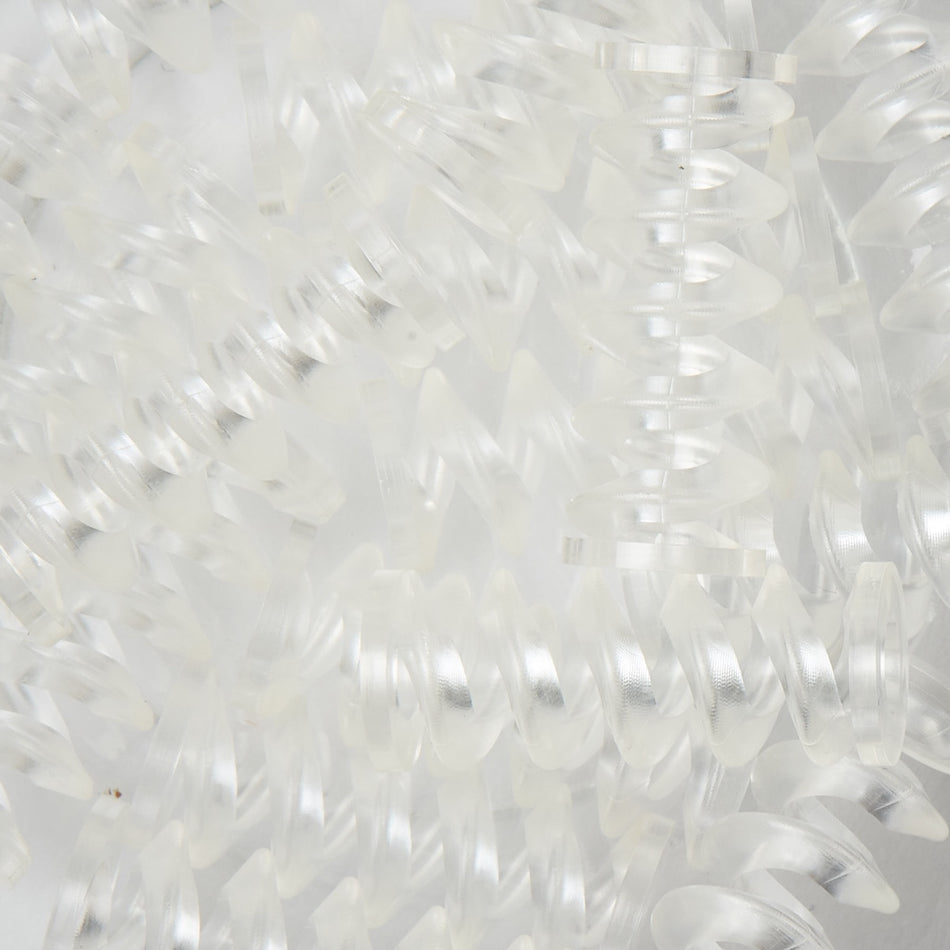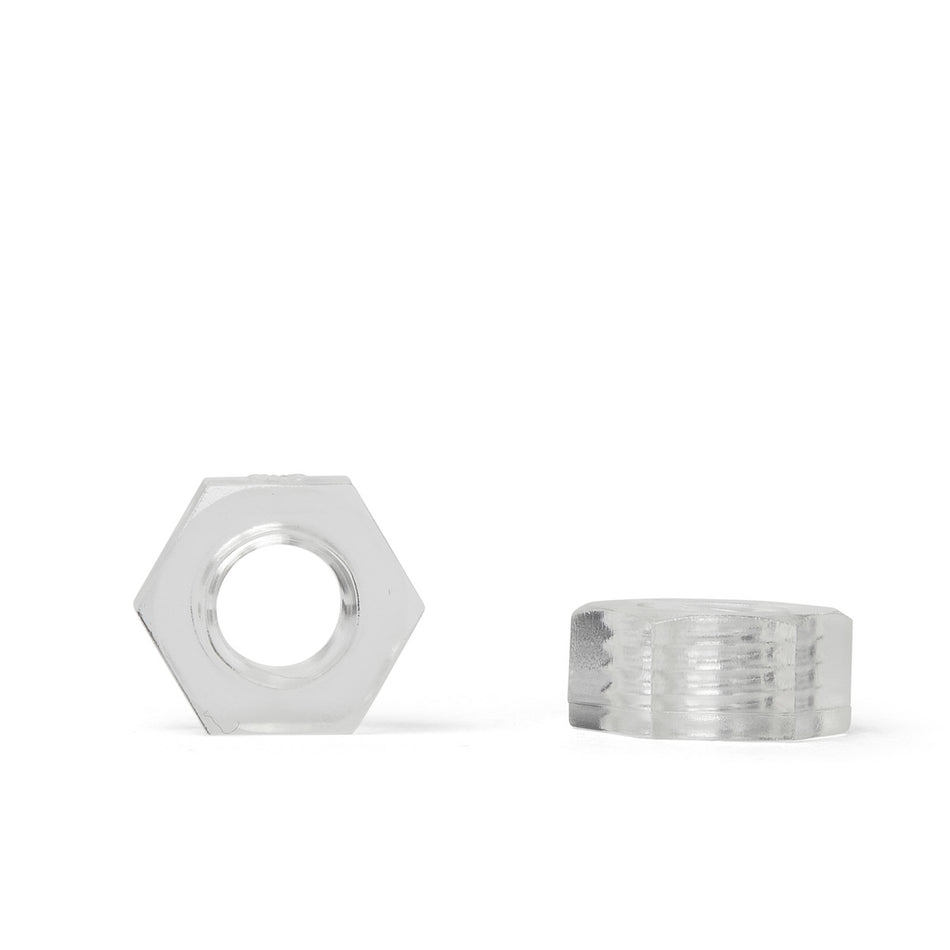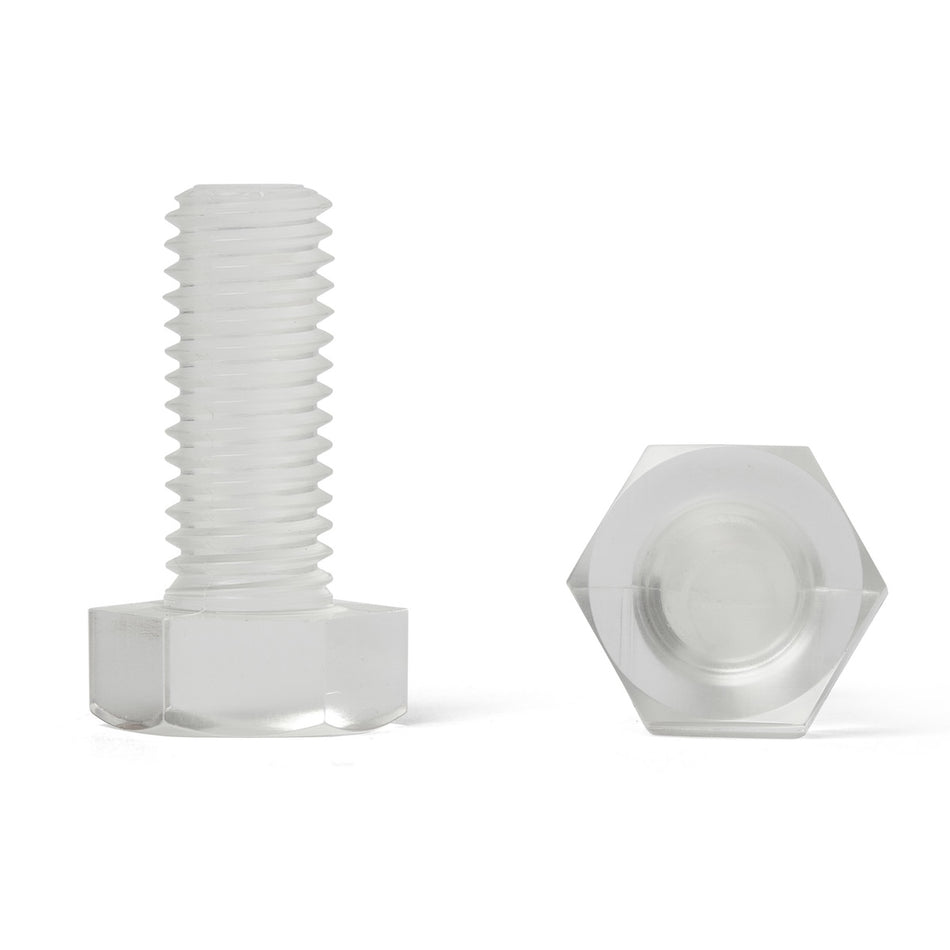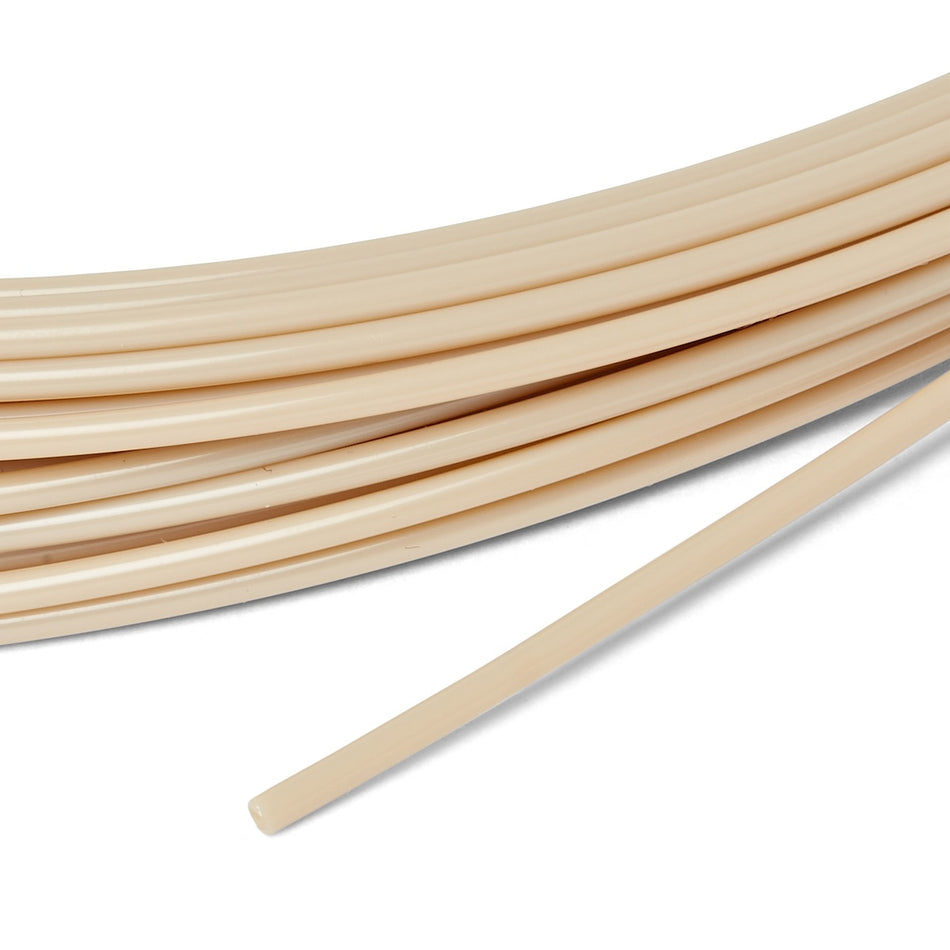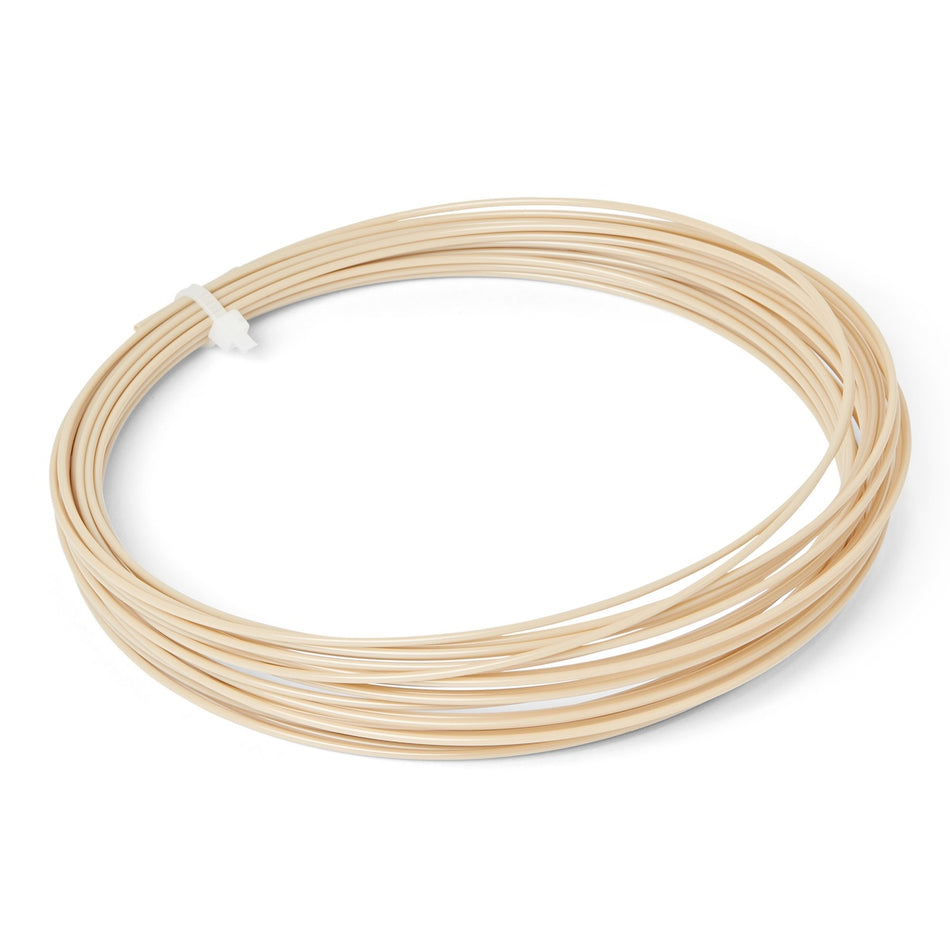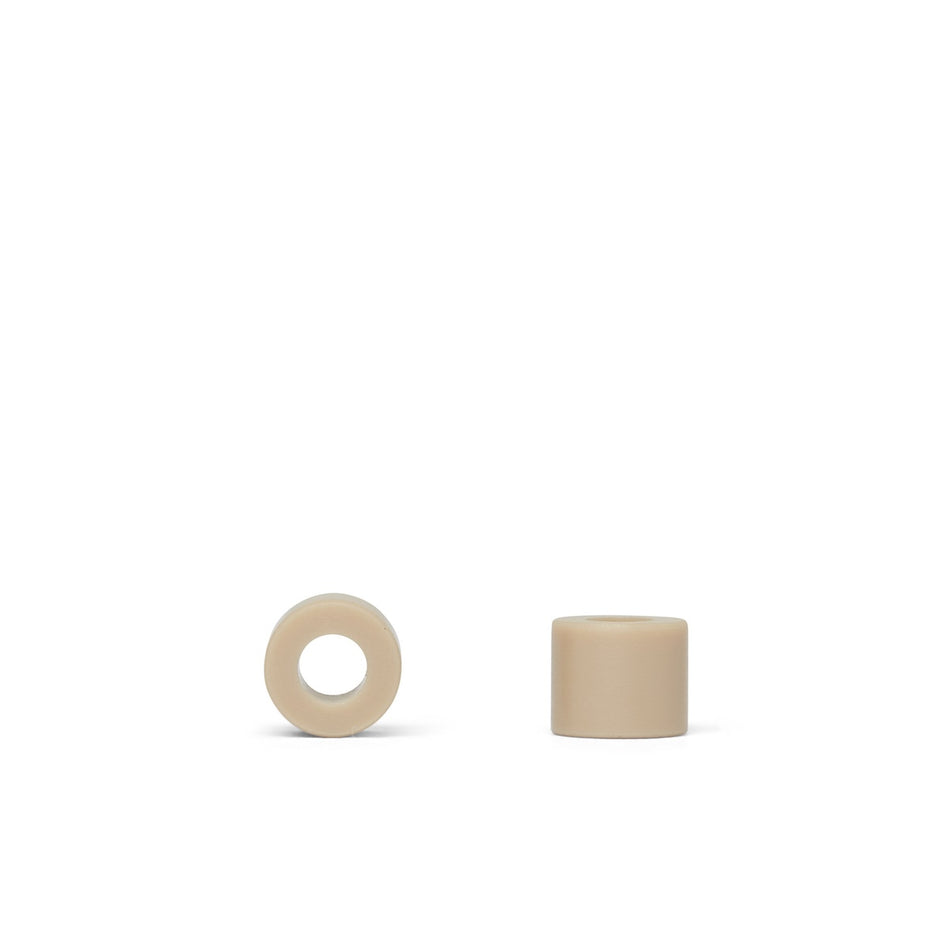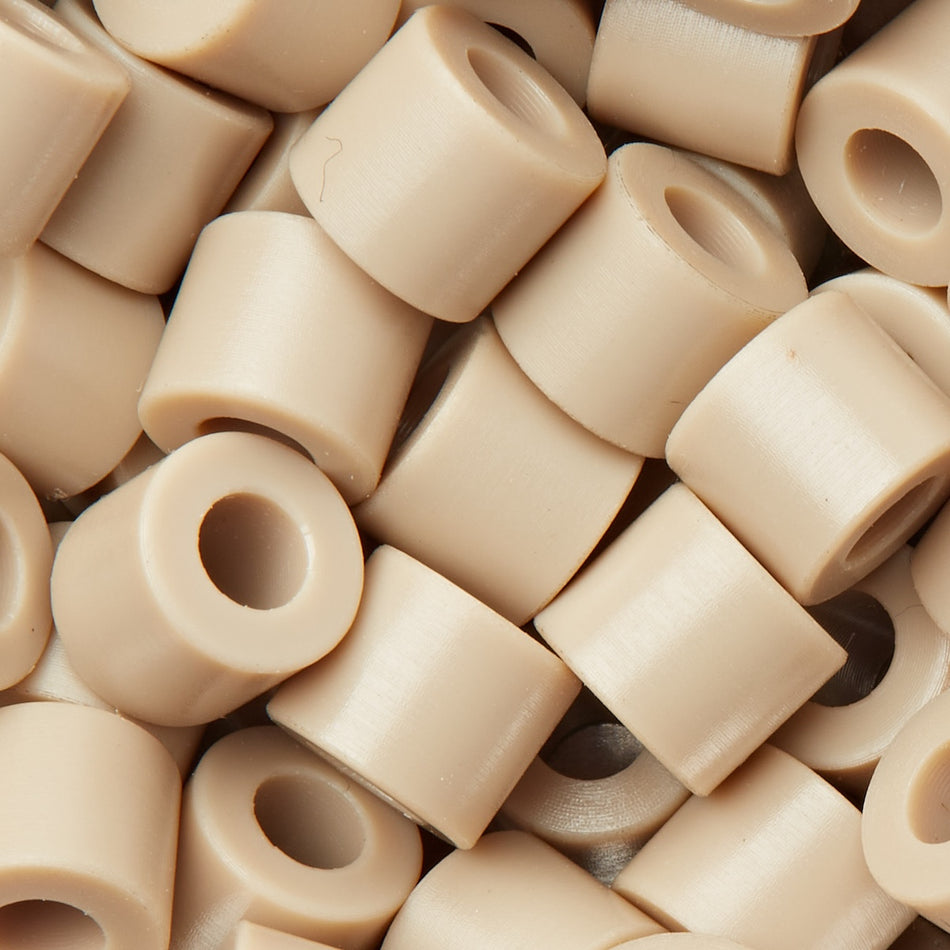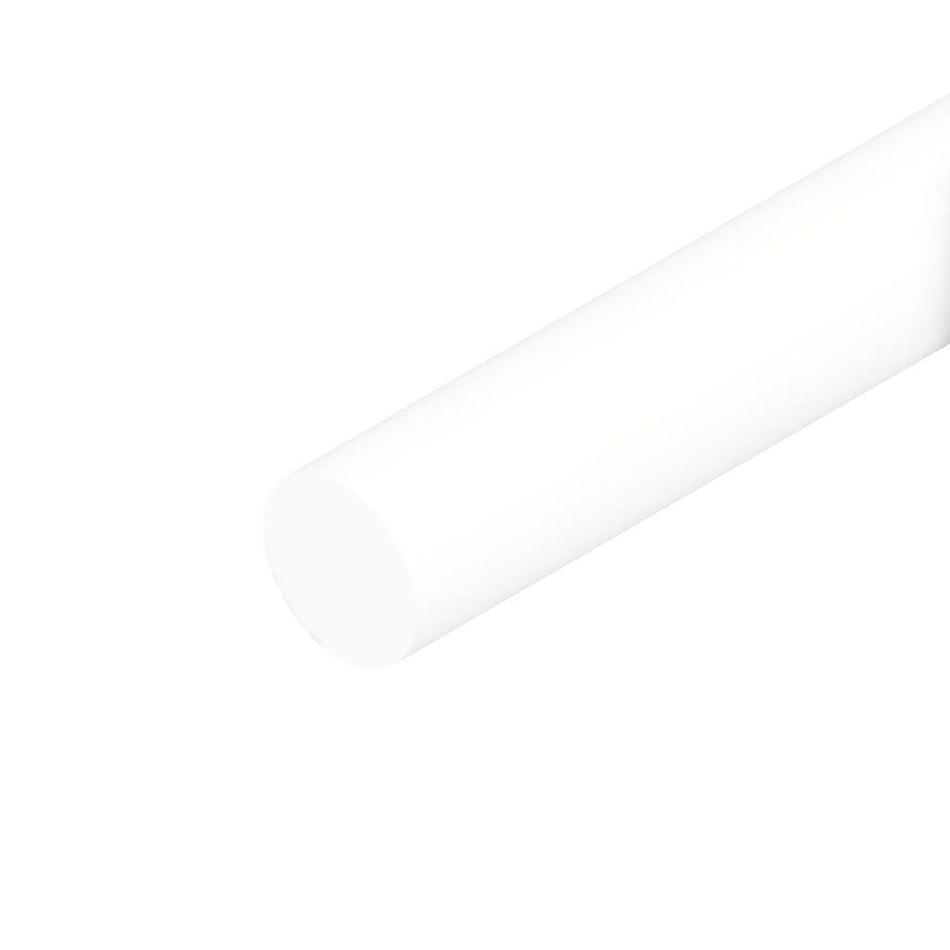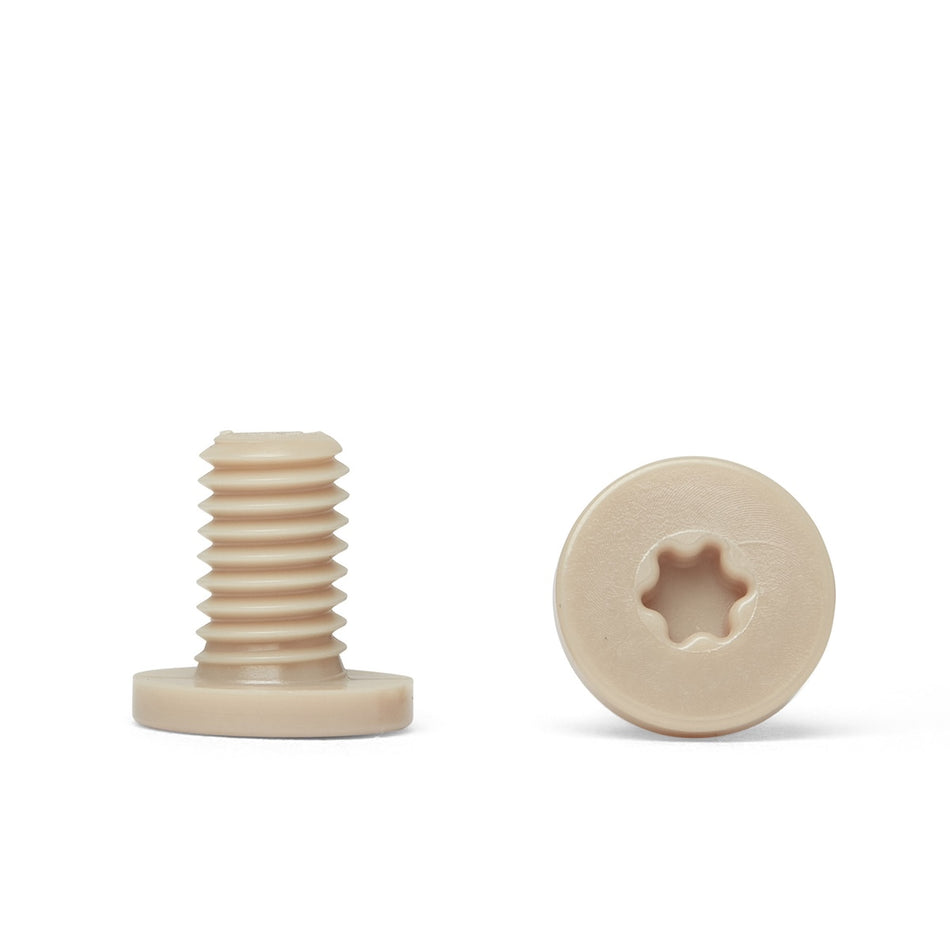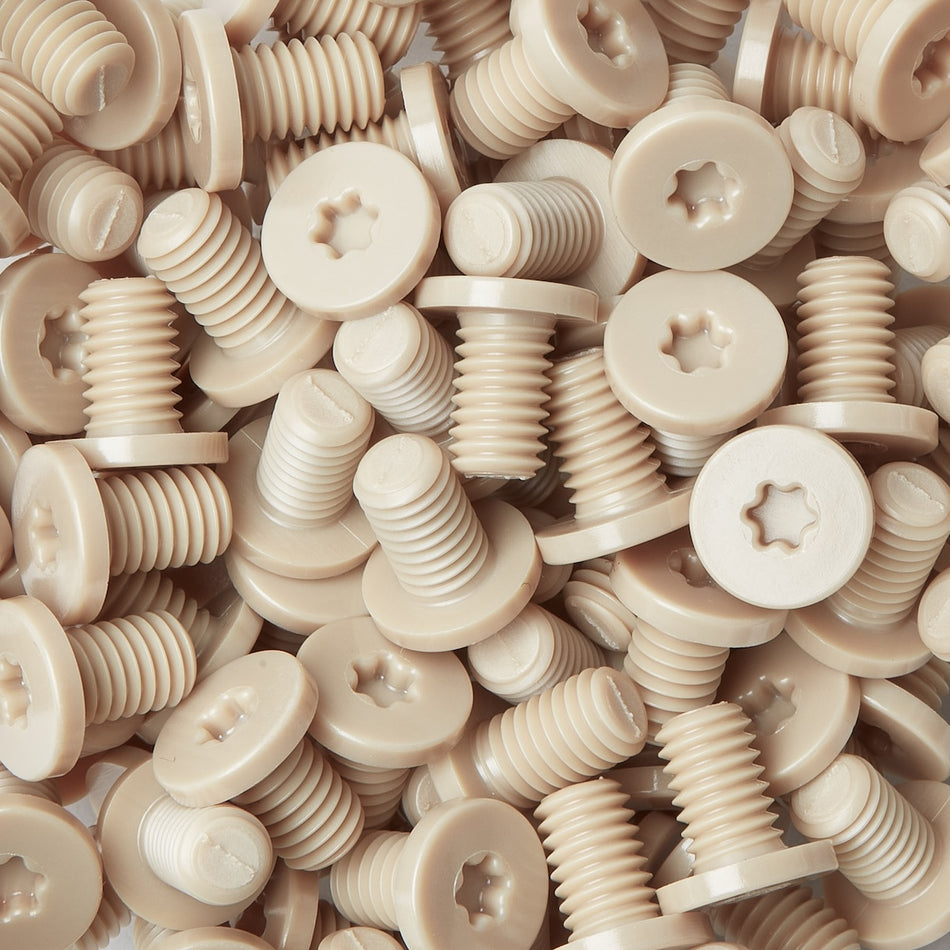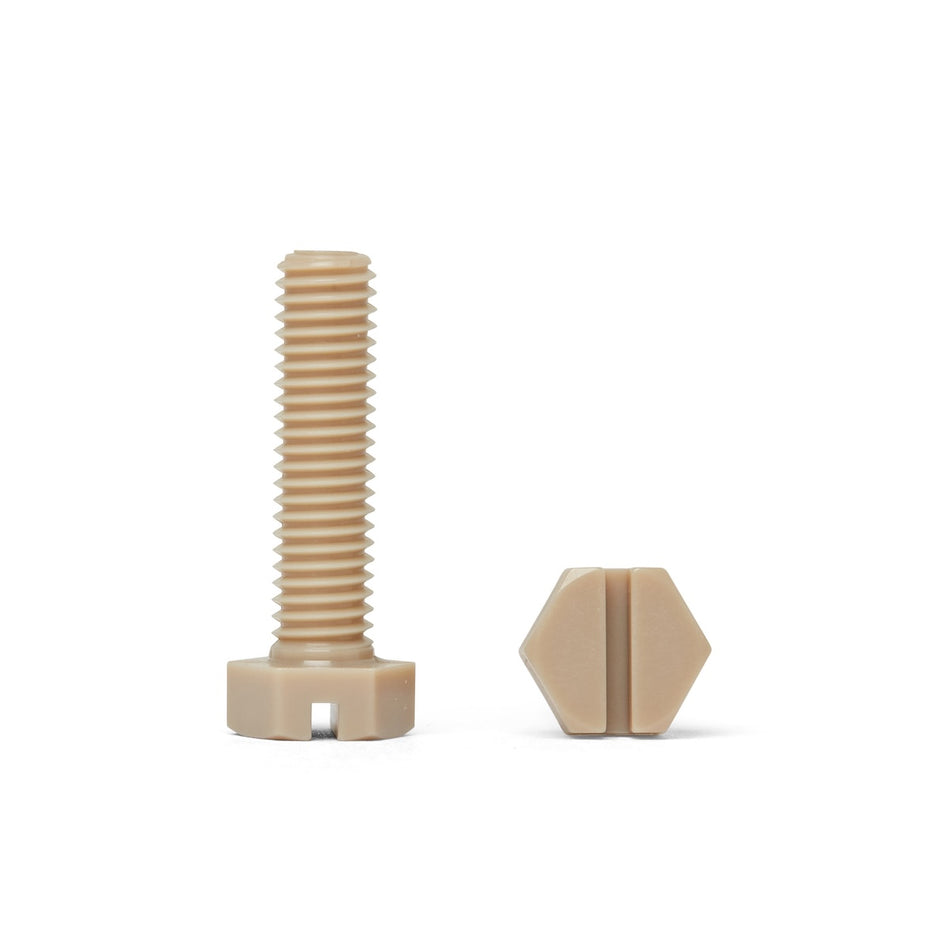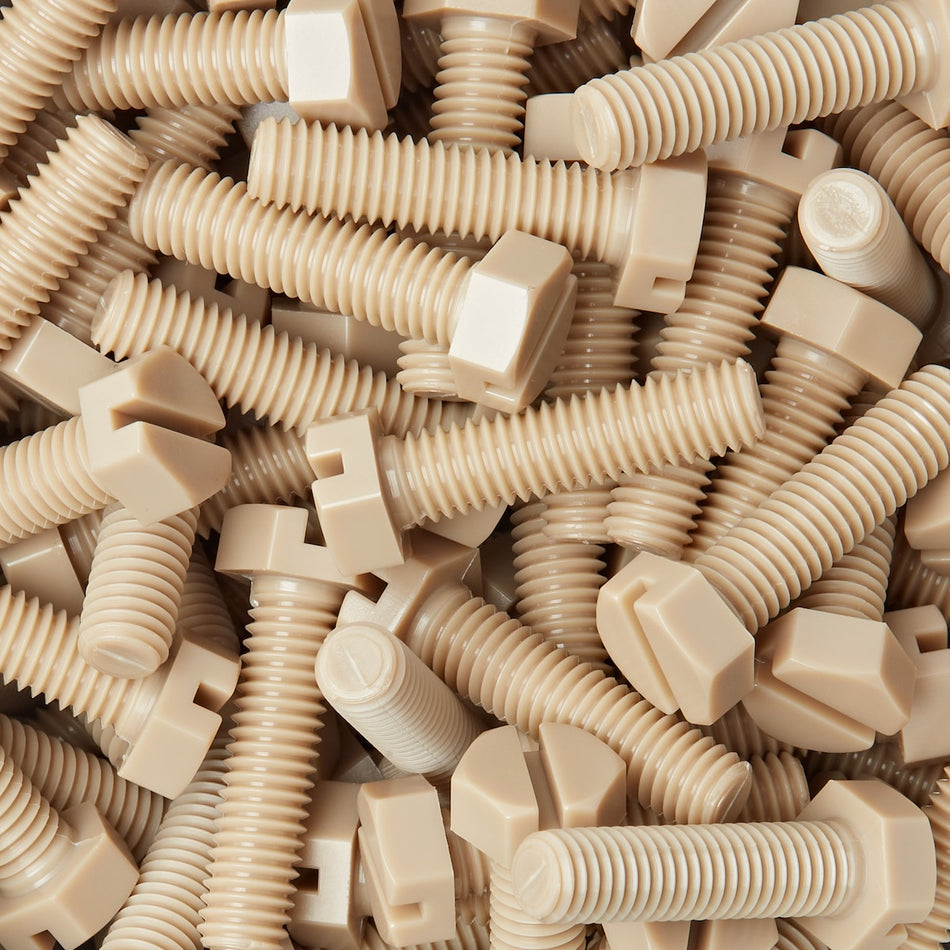137 Products

The Robotics Industry and its uses of Polymer Screws, Nuts, Bolts, and Fasteners
The robotics industry uses polymer screws, nuts, bolts, and fasteners in a variety of applications to secure components in place and ensure that they are properly aligned. These fasteners are an important part of the robotics industry because they offer a number of advantages over traditional metal fasteners.
One of the main advantages of using polymer fasteners in the robotics industry is their ability to withstand high temperatures. Many polymers have a high melting point, making them suitable for use in environments where temperatures may exceed the melting point of traditional metal fasteners. Additionally, polymer fasteners are resistant to corrosion and do not conduct electricity, making them suitable for use in electrically charged environments.
Polymer fasteners are also lightweight and can be designed to have specific electrical or thermal properties, making them suitable for use in a variety of different applications. They are often used in conjunction with other materials, such as metals, to provide a combination of strength and electrical insulation.
Overall, polymer screws, nuts, bolts, and fasteners are an important part of the robotics industry and are used in a variety of applications to secure components and ensure that they function properly.
The robotics industry involves the design, development, and production of robots and robotic systems for a variety of applications. These robots can be used in manufacturing, transportation, healthcare, agriculture, and many other industries.
There are several different types of robots used in the robotics industry, including industrial robots, service robots, and mobile robots. Industrial robots are typically used in manufacturing and are designed to perform tasks such as welding, painting, and assembly. Service robots are designed to interact with people and perform tasks such as cleaning, assisting with healthcare, and providing entertainment. Mobile robots are designed to move around independently and can be used for tasks such as transportation, inspection, and surveillance.
The robotics industry is constantly evolving and new technologies and applications are being developed all the time. Some of the key trends in the industry include the development of robots with advanced artificial intelligence and machine learning capabilities, the integration of robots into the internet of things (IoT), and the use of robots in new and emerging fields such as space exploration and underwater exploration.
Overall, the robotics industry is a dynamic and rapidly growing field that is having a significant impact on many different industries and areas of society. It is likely to continue to play a key role in the development of new technologies and innovations in the coming years.
The robotics industry uses polymer screws, nuts, bolts, and fasteners in a variety of applications to secure components in place and ensure that they are properly aligned. These fasteners are an important part of the robotics industry because they offer a number of advantages over traditional metal fasteners.

